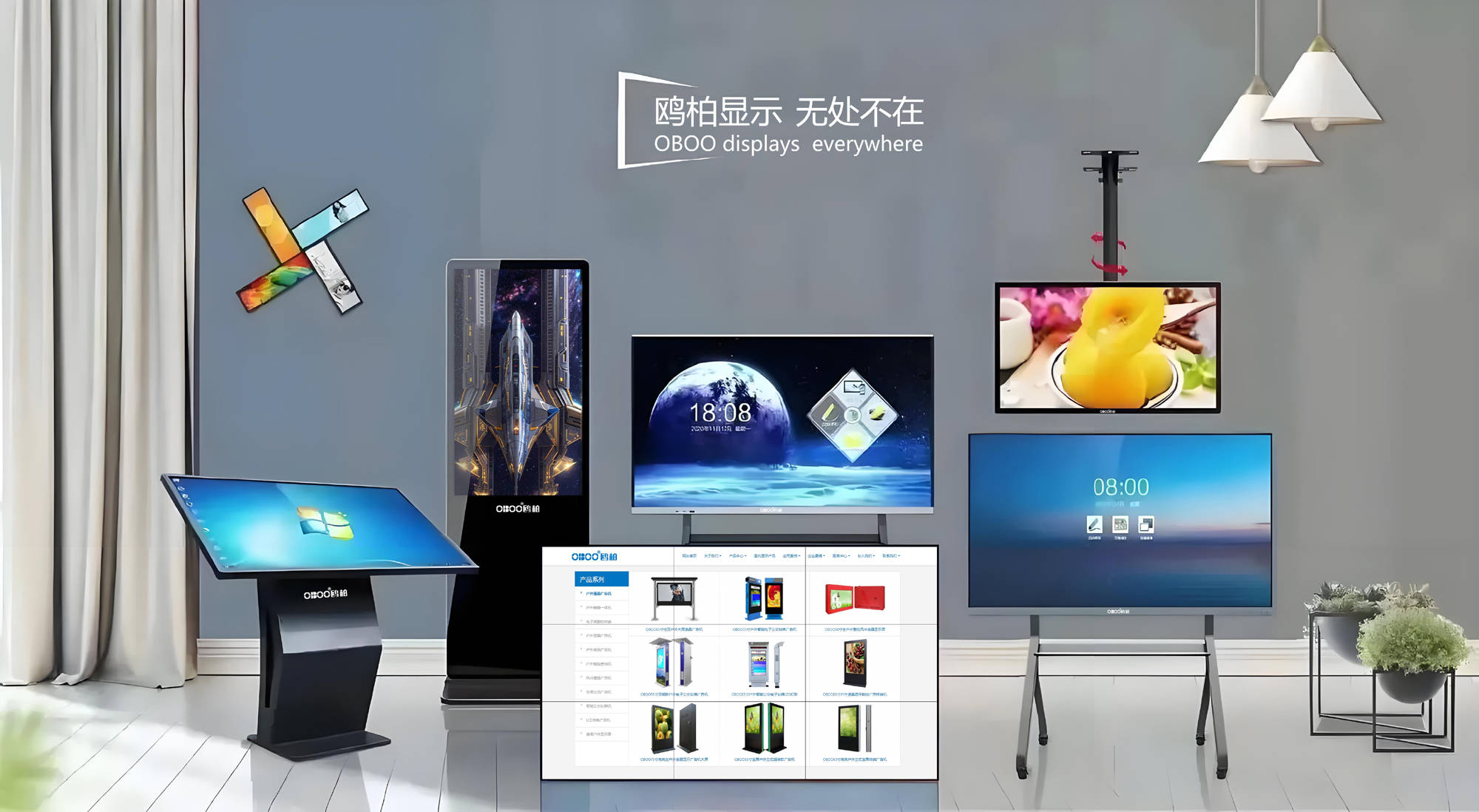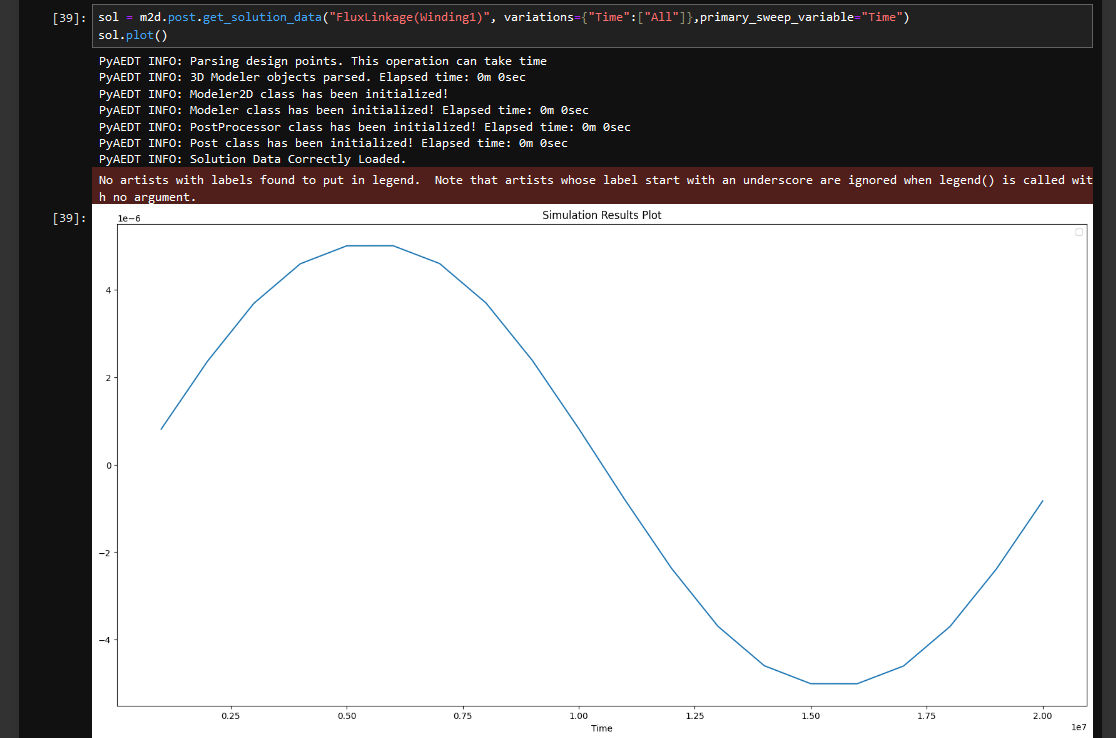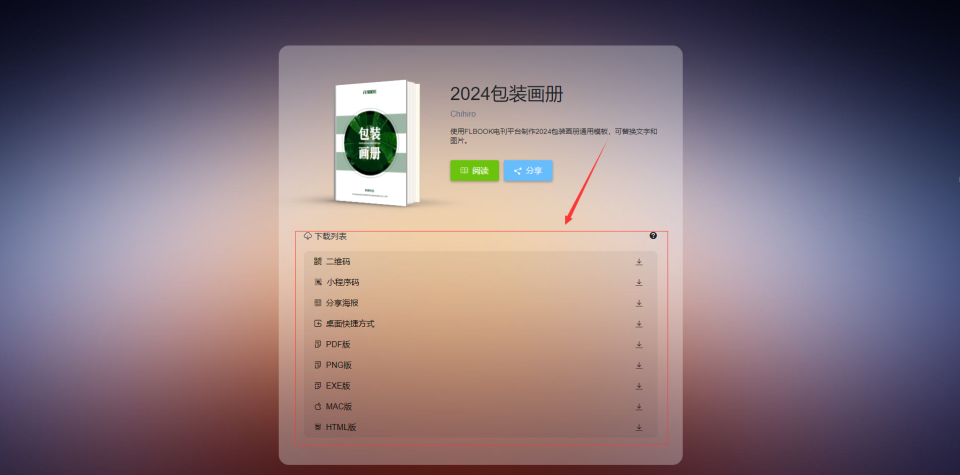页面布局规划 确定电商网页的主要板块,如导航栏、商品展示区、购物车、用户登录/注册等。 使用 HTML 和 CSS 构建基本的页面结构。例如: <! DOCTYPE html > < htmllang = " en" > < head> < metacharset = " UTF-8" > < metaname = " viewport" content = " width=device-width, initial-scale=1.0" > < title> </ title> < linkrel = " stylesheet" href = " styles.css" > </ head> < body> < header> < nav> < ul> < li> </ li> < li> </ li> < li> </ li> < li> </ li> </ ul> </ nav> </ header> < main> < sectionclass = " product-list" > </ section> </ main> < footer> </ footer> </ body> </ html> 在 CSS 文件(styles.css)中定义样式,使页面具有良好的外观和布局。 商品展示 使用 JavaScript 和 HTML 结构来动态展示商品信息。可以创建一个商品数据数组,包含商品的名称、价格、图片等信息。例如: const products = [ { name: '商品 1' , price: 100 , image: 'product1.jpg' } , { name: '商品 2' , price: 200 , image: 'product2.jpg' } ,
] ;
< sectionclass = " product-list" > < divclass = " product-item" data-product-index = " 0" > </ div> < divclass = " product-item" data-product-index = " 1" > </ div> </ section> 使用 JavaScript 遍历商品数据数组,将商品信息填充到对应的 HTML 元素中。例如: const productItems = document. querySelectorAll ( '.product-item' ) ;
productItems. forEach ( ( item, index ) => { const product = products[ index] ; item. innerHTML = ` <img src=" ${ product. image} " alt=" ${ product. name} "><h3> ${ product. name} </h3><p>价格: ${ product. price} </p><button>加入购物车</button> ` ;
} ) ;
购物车功能 const cart = { items: [ ] , addItem ( product ) { this . items. push ( product) ; } , removeItem ( product ) { const index = this . items. indexOf ( product) ; if ( index > - 1 ) { this . items. splice ( index, 1 ) ; } }
} ;
在商品展示区的“加入购物车”按钮上添加点击事件处理程序,将商品添加到购物车。例如: const addToCartButtons = document. querySelectorAll ( '.product-item button' ) ;
addToCartButtons. forEach ( ( button, index ) => { button. addEventListener ( 'click' , ( ) => { const product = products[ index] ; cart. addItem ( product) ; console. log ( '商品已加入购物车:' , product. name) ; } ) ;
} ) ;
在页面上显示购物车中的商品数量和总价等信息。例如: function updateCartDisplay ( ) { const cartCount = document. getElementById ( 'cart-count' ) ; const cartTotal = document. getElementById ( 'cart-total' ) ; let totalPrice = 0 ; cart. items. forEach ( product => { totalPrice += product. price; } ) ; cartCount. textContent = cart. items. length; cartTotal. textContent = totalPrice;
}
updateCartDisplay ( ) ;
用户登录/注册 < divclass = " user-login" > < form> < inputtype = " text" placeholder = " 用户名" > < inputtype = " password" placeholder = " 密码" > < buttontype = " submit" > </ button> </ form> < ahref = " #" > </ a> </ div> 使用 JavaScript 处理表单提交事件,验证用户输入并进行登录或注册操作。例如: const loginForm = document. querySelector ( '.user-login form' ) ;
loginForm. addEventListener ( 'submit' , ( e ) => { e. preventDefault ( ) ; const username = document. querySelector ( 'input[type="text"]' ) . value; const password = document. querySelector ( 'input[type="password"]' ) . value;
} ) ;
页面布局 设计视频网页的布局,包括视频播放器、视频列表、搜索栏等。例如: <! DOCTYPE html > < htmllang = " en" > < head> < metacharset = " UTF-8" > < metaname = " viewport" content = " width=device-width, initial-scale=1.0" > < title> </ title> < linkrel = " stylesheet" href = " styles.css" > </ head> < body> < header> < nav> < ul> < li> </ li> < li> </ li> < li> </ li> </ ul> </ nav> </ header> < main> < sectionclass = " video-player" > </ section> < sectionclass = " video-list" > </ section> </ main> </ body> </ html> 使用 CSS 定义页面的样式,使视频播放器和视频列表有合适的布局和外观。 视频播放器 使用 HTML5 的<video>标签创建视频播放器。例如: < sectionclass = " video-player" > < videocontrols > < sourcesrc = " video.mp4" type = " video/mp4" > </ video> </ section> 使用 JavaScript 控制视频的播放、暂停、音量等功能。例如: const videoPlayer = document. querySelector ( 'video' ) ;
videoPlayer. addEventListener ( 'play' , ( ) => { console. log ( '视频开始播放' ) ;
} ) ;
videoPlayer. addEventListener ( 'pause' , ( ) => { console. log ( '视频暂停' ) ;
} ) ;
const volumeSlider = document. getElementById ( 'volume-slider' ) ;
volumeSlider. addEventListener ( 'input' , ( ) => { videoPlayer. volume = volumeSlider. value;
} ) ;
视频列表 创建一个视频数据数组,包含视频的标题、描述、链接等信息。例如: const videos = [ { title: '视频 1' , description: '这是视频 1 的描述' , src: 'video1.mp4' } , { title: '视频 2' , description: '这是视频 2 的描述' , src: 'video2.mp4' } ,
] ;
在 HTML 中创建一个容器用于展示视频列表。例如: < sectionclass = " video-list" > < divclass = " video-item" data-video-index = " 0" > </ div> < divclass = " video-item" data-video-index = " 1" > </ div> </ section> 使用 JavaScript 遍历视频数据数组,将视频信息填充到对应的 HTML 元素中。例如: const videoItems = document. querySelectorAll ( '.video-item' ) ;
videoItems. forEach ( ( item, index ) => { const video = videos[ index] ; item. innerHTML = ` <h3> ${ video. title} </h3><p> ${ video. description} </p><button>播放</button> ` ;
} ) ;
在视频列表的“播放”按钮上添加点击事件处理程序,当点击按钮时,将对应的视频加载到视频播放器中播放。例如: const playButtons = document. querySelectorAll ( '.video-item button' ) ;
playButtons. forEach ( ( button, index ) => { button. addEventListener ( 'click' , ( ) => { const video = videos[ index] ; const videoPlayer = document. querySelector ( 'video' ) ; videoPlayer. src = video. src; videoPlayer. play ( ) ; } ) ;
} ) ;
搜索功能 < inputtype = " text" placeholder = " 搜索视频" > 使用 JavaScript 监听搜索栏的输入事件,当用户输入关键词时,过滤视频列表,只显示与关键词匹配的视频。例如: const searchInput = document. querySelector ( 'input[type="text"]' ) ;
searchInput. addEventListener ( 'input' , ( ) => { const keyword = searchInput. value. toLowerCase ( ) ; const videoItems = document. querySelectorAll ( '.video-item' ) ; videoItems. forEach ( item => { const title = item. querySelector ( 'h3' ) . textContent. toLowerCase ( ) ; if ( title. includes ( keyword) ) { item. style. display = 'block' ; } else { item. style. display = 'none' ; } } ) ;
} ) ;



















